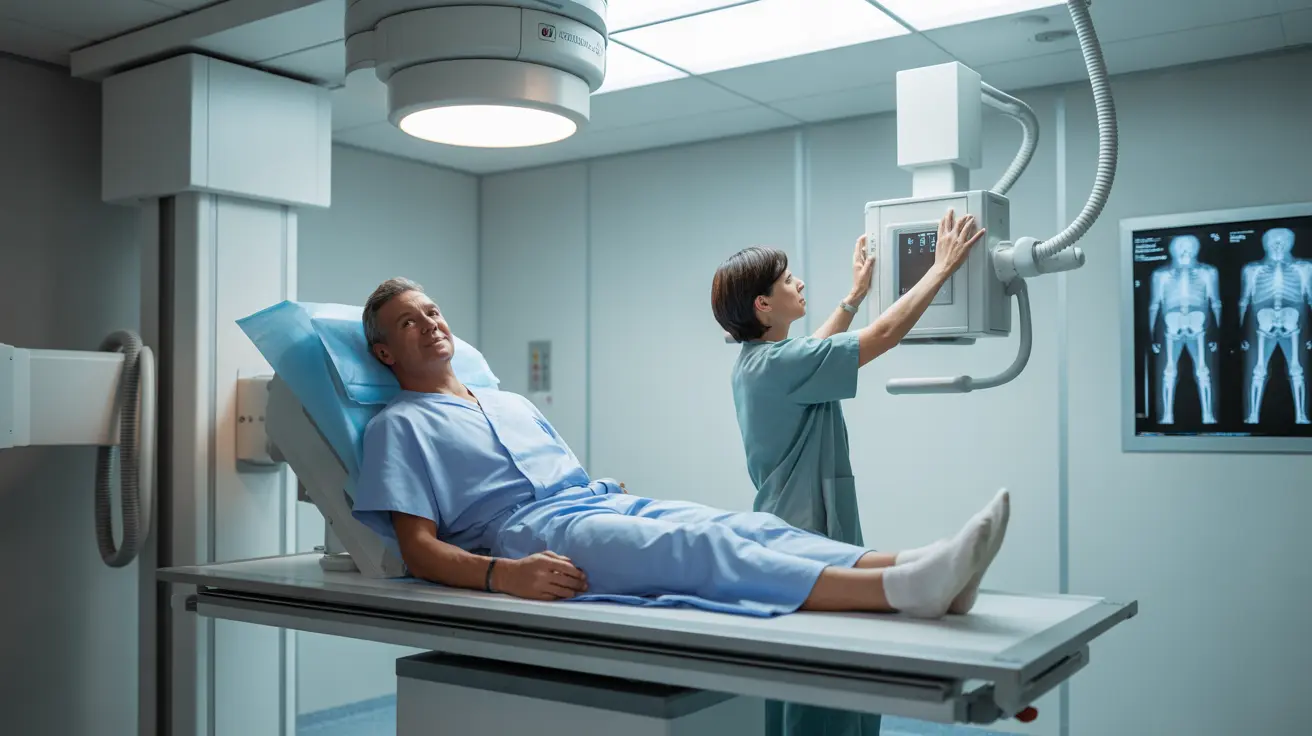A male groin X-ray is a valuable diagnostic tool that helps healthcare providers examine the pelvic region for various conditions, injuries, or abnormalities. This non-invasive imaging procedure provides detailed images of the bones, joints, and surrounding tissues in the groin area, helping doctors make accurate diagnoses and develop appropriate treatment plans.
Understanding what to expect during a male groin X-ray can help reduce anxiety and ensure a smooth examination process. This comprehensive guide covers everything from preparation to results, helping you feel more confident about your upcoming procedure.
Understanding Male Groin X-Rays
A groin X-ray uses low-dose radiation to create detailed images of the pelvic area, including the hip joints, pubic bones, and surrounding soft tissues. These images help doctors identify various conditions that might be causing pain or discomfort in the groin region.
Common Reasons for Male Groin X-Rays
Healthcare providers may recommend a groin X-ray for several reasons, including:
- Suspected fractures or breaks in the pelvic bones
- Chronic groin or hip pain
- Sports-related injuries
- Unexplained swelling or inflammation
- Evaluation of joint abnormalities
- Assessment of prosthetic hip joints
Preparing for Your X-Ray
Preparation for a male groin X-ray is typically straightforward. You may need to:
- Remove any metal objects, including jewelry or belt buckles
- Change into a hospital gown
- Inform your healthcare provider about any recent medical procedures
- Mention if there's any possibility of pregnancy in your partner if applicable
The X-Ray Procedure
During the X-ray procedure, you can expect:
- To lie still on an X-ray table
- Multiple images taken from different angles
- Clear instructions from the radiologic technologist
- A quick and painless process lasting about 15-20 minutes
Safety Considerations
While X-rays do involve exposure to radiation, the benefits typically outweigh the minimal risks. Modern X-ray equipment uses the lowest possible radiation dose needed to produce clear images. Your healthcare provider will carefully consider the necessity of the X-ray before recommending it.
After the X-Ray
Following your groin X-ray:
- You can immediately resume normal activities
- Your images will be reviewed by a radiologist
- Results are typically available within 1-2 days
- Your healthcare provider will discuss findings and next steps
Frequently Asked Questions
What conditions or injuries can a male groin X-ray detect?
A male groin X-ray can detect various conditions including bone fractures, hip joint problems, arthritis, bone tumors, and alignment issues in the pelvis. It's particularly useful for identifying sports-related injuries and chronic conditions affecting the pelvic region.
How should I prepare for a male pelvis or groin X-ray?
Preparation is minimal. You'll need to remove metal objects and jewelry from the area being X-rayed and change into a hospital gown. Inform your healthcare provider about any recent medical procedures or potential pregnancy concerns.
Is having a pelvis X-ray safe for men, and what are the radiation risks?
Pelvis X-rays are generally safe for men. The radiation exposure is low and carefully controlled. The benefits of accurate diagnosis typically outweigh the minimal risks associated with radiation exposure. Modern X-ray equipment uses the lowest possible radiation dose needed for clear imaging.
What should I expect during the procedure of a male pelvis or groin X-ray?
The procedure is quick and painless. You'll lie on an X-ray table while the technologist takes images from different angles. You may need to hold still in various positions. The entire process usually takes 15-20 minutes or less.
How long does it take to get results after a male groin X-ray, and what happens next?
Results are typically available within 1-2 days after the X-ray. A radiologist will review the images and send a report to your healthcare provider, who will then discuss the findings with you and recommend any necessary treatment or follow-up care.




